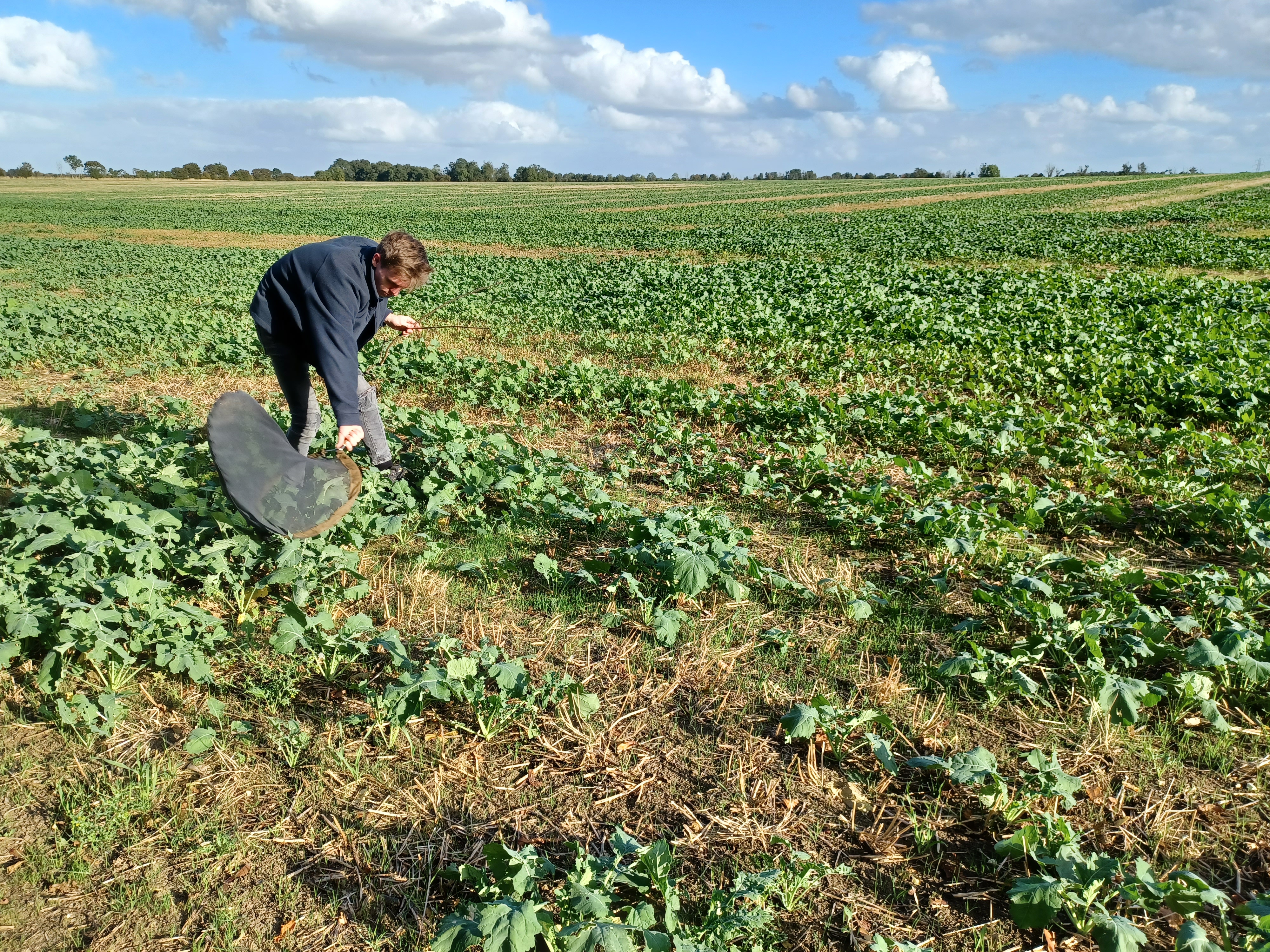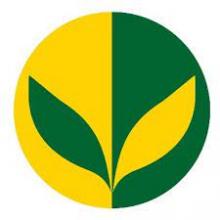Pest species can be monitored in a wide range of ways from simple water traps to species specific pheromone traps.

This page is for the resources available for monitoring pest activity.
Recommended Content
Content below is from across the PEP community and is not necessarily endorsed by Stewards or by PEP
Connected Content
Crop protection refers to practices and measures employed in agriculture to safeguard crops from both biotic (pests, diseases and weeds) and abiotic (environmental factors) stresses. They key goal of crop production is to maintain crop productivity, health and quality whilst minimising yield losses.
This area is for identification of pest and beneficial insects and invertebrates.
Warwick Crop Centre is a national centre of excellence for research on fresh produce. We provide post-graduate training and specialise in research projects promoting sustainable agriculture, horticulture and food security.
Strategies Leading to Improved Management and Enhanced Resilience against Slugs (SLIMERS) This project is led by BOFIN, partnered with CHAP, AGRIVATION, Harper Adams University, John Innes Centre, and Small Robot Company. It is funded by Defra Farming Innovation Programme, delivered by Innovate UK.
The bruchid beetle (also known as bean seed beetle or broad bean weevil) damages the seeds of field bean and its larvae can lead to crop rejection in broad beans.
Pea and bean weevil (also called pea leaf weevil) is a particular risk to spring-sown peas and beans.
Natural enemies, such as parasitoid species, are an important element in managing crop pests.
Pea moth is one of the most damaging pea pests in this country and in Europe.
Because variables such as temperature and humidity have a profound effect on the activity of crop pests, diseases and natural enemies, the ability to monitor environmental conditions within a crop has always been important for crop protection.
Rothamsted's Insect Survey is host to a nationwide network of light-traps and suction-traps that




